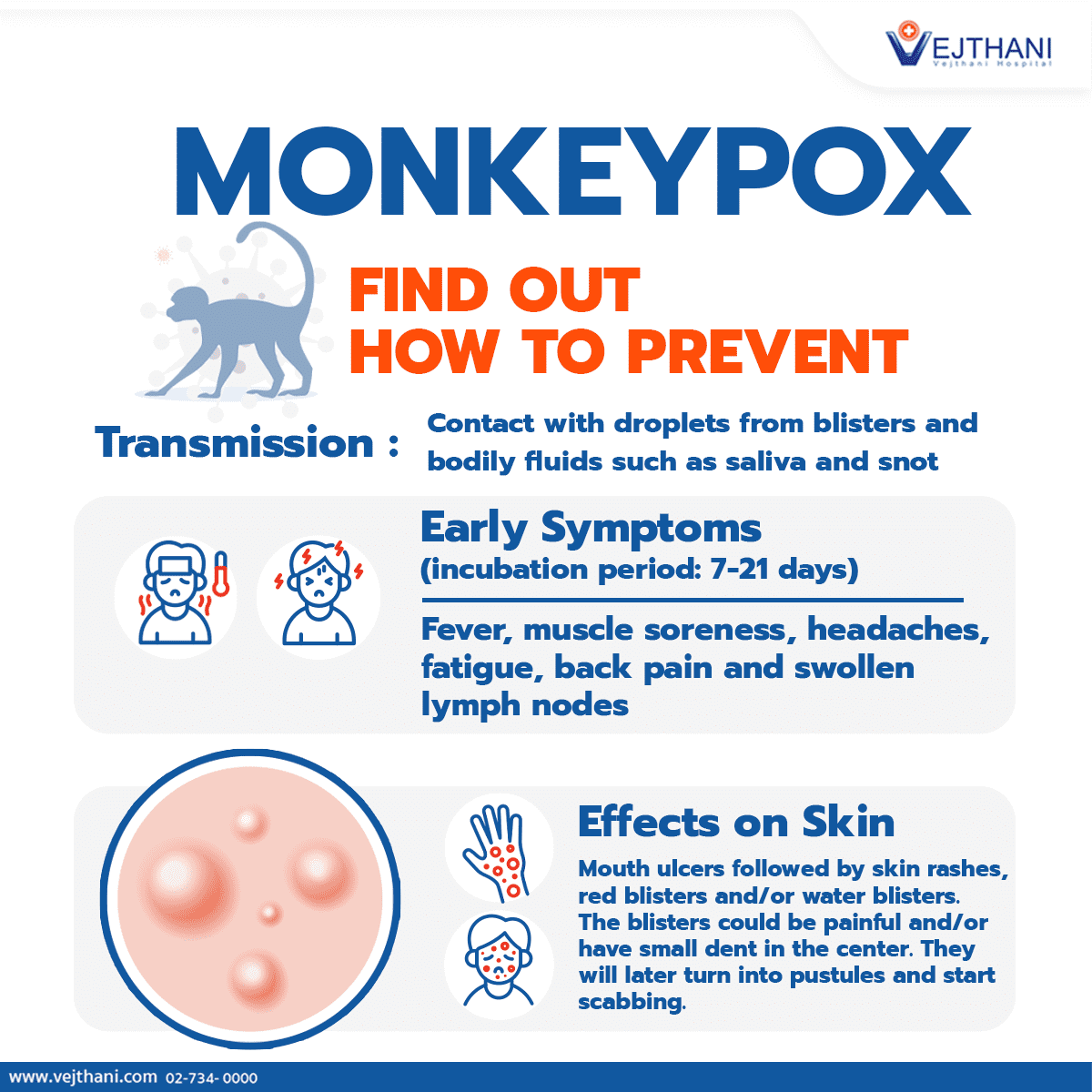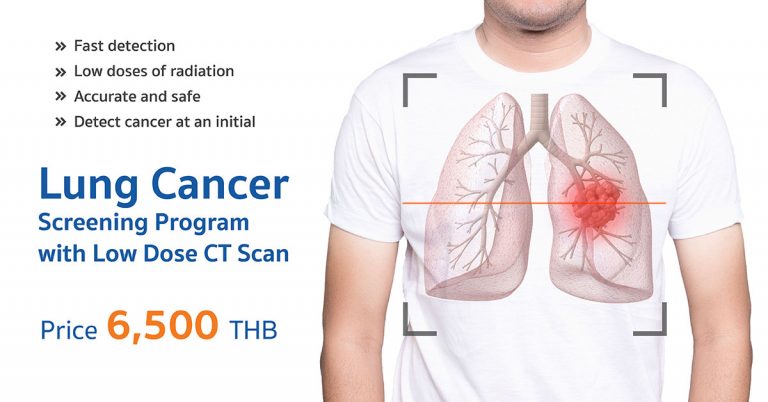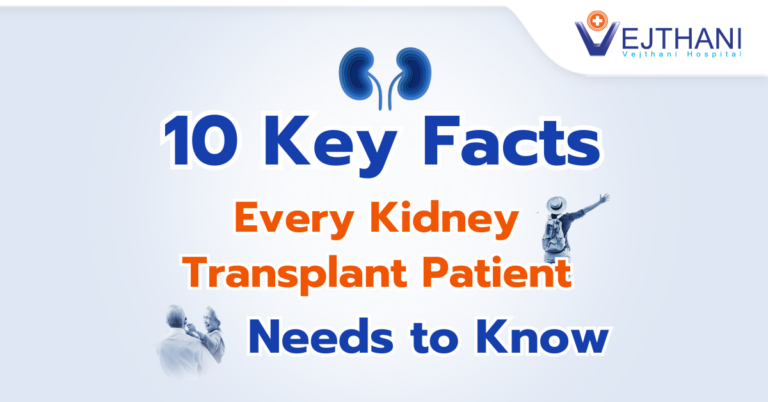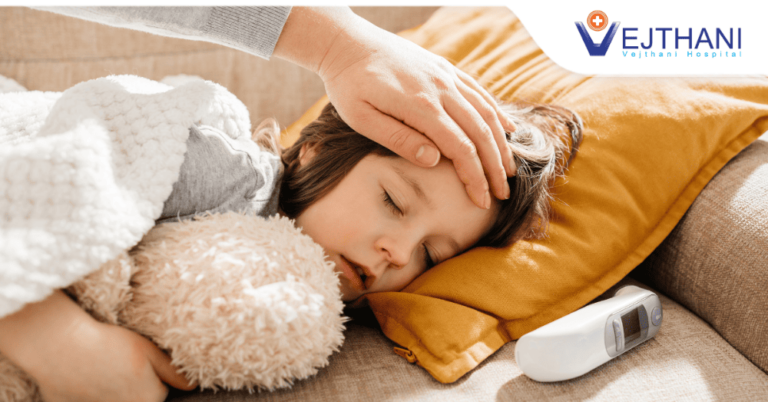

Many people are concerned with the ongoing spread of monkeypox. That is why a comprehensive understanding of this disease is important. Knowing how to prevent the virus and noticing its symptoms enable patients to receive prompt treatment. The disease can spread by droplet transmission. This includes droplets from blisters and bodily fluids such as saliva and snot.
- Early symptoms (incubation period: 7-21 days) include fever, muscle soreness, headaches, fatigue, back pain and swollen lymph nodes.
- Effects on skin include mouth ulcers, skin rashes, red blisters and water blisters. The blisters could be painful and/or have small dent in the middle. These blisters will later turn into pustules and start scabbing.
Treatments are performed based on symptoms and patients can recover from the illness without treatment in 2-4 weeks. Patients with severe symptoms, weak immune system or chronic disease are treated with Tecovirimat, Cidofovir or Brincidofovir. These medications are also used to treat smallpox. If any abnormal symptoms arise, it is recommended to seek immediate medical attention.
How to prevent infection
- Keep your distance from those infected, suspected of infection or having a history of contacting monkeypox patients
- Avoid touching rashes, blisters or pus of those suspected of infection
- Wash hands frequently with 70% alcohol or higher, as the monkeypox virus has a membrane protein which can be destroyed with alcohol
- Wear a mask to prevent transmission by large droplets
- Readers Rating
- Rated 4.4 stars
4.4 / 5 ( Reviewers) - Outstanding
- Your Rating




























